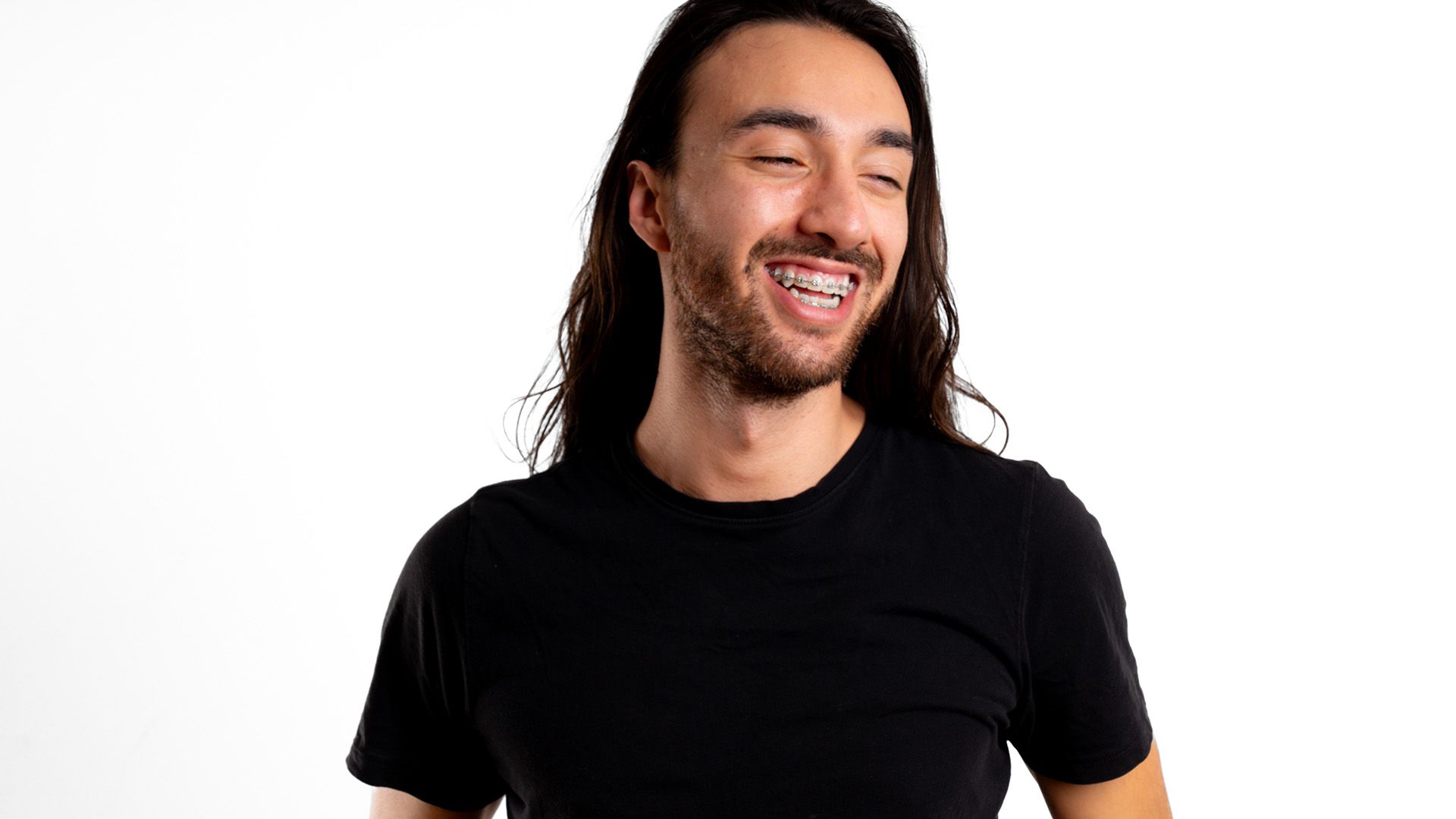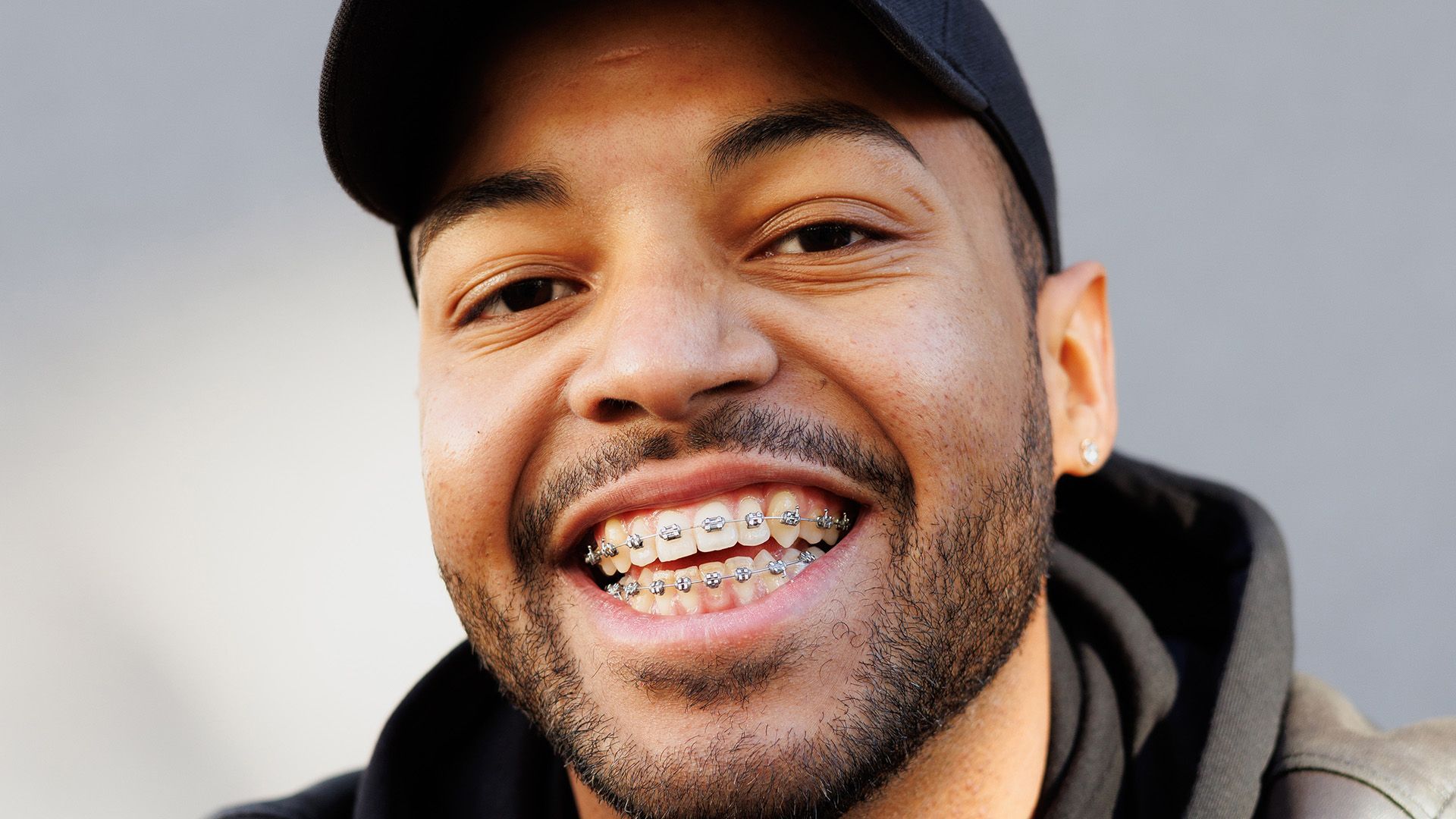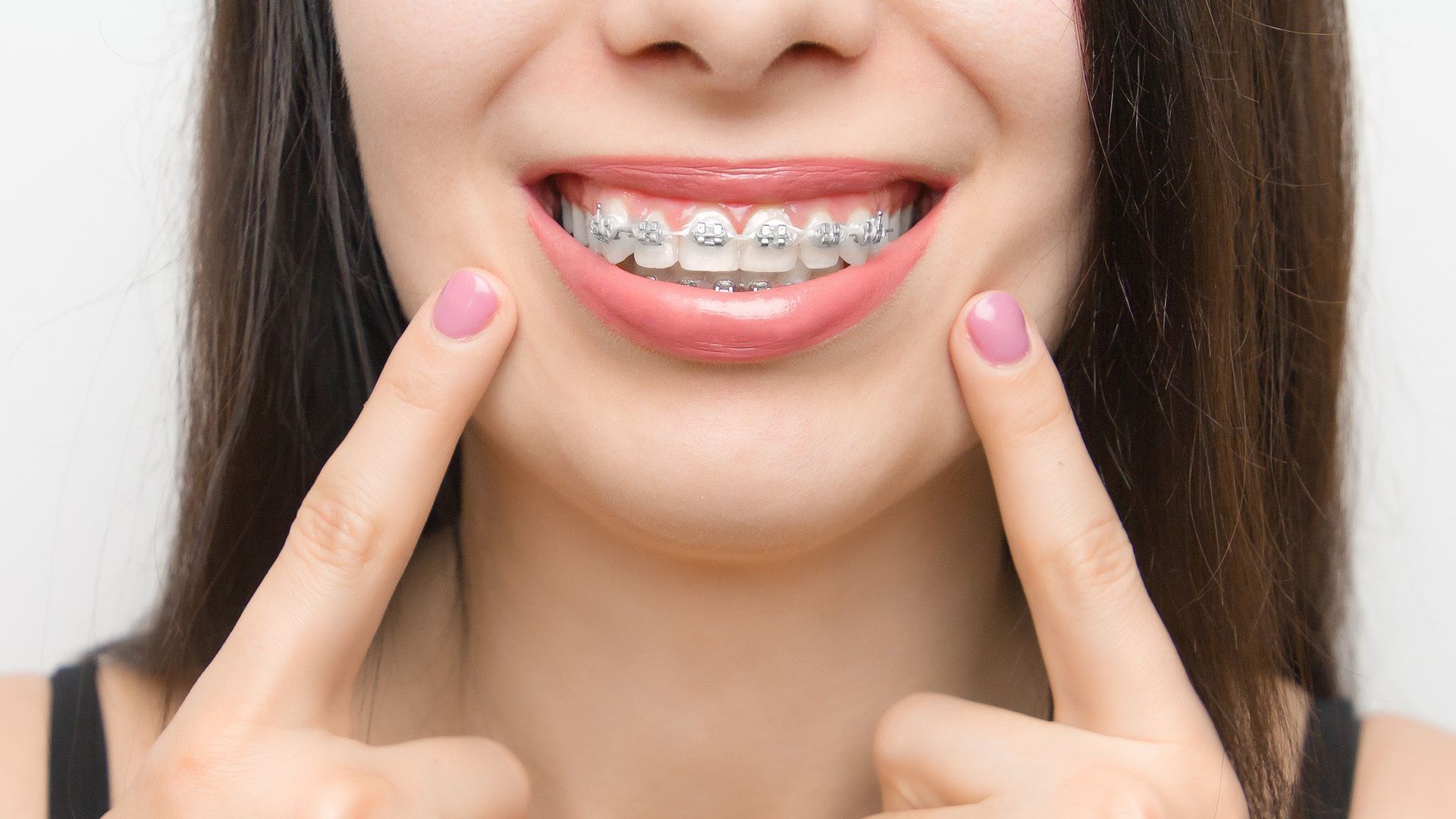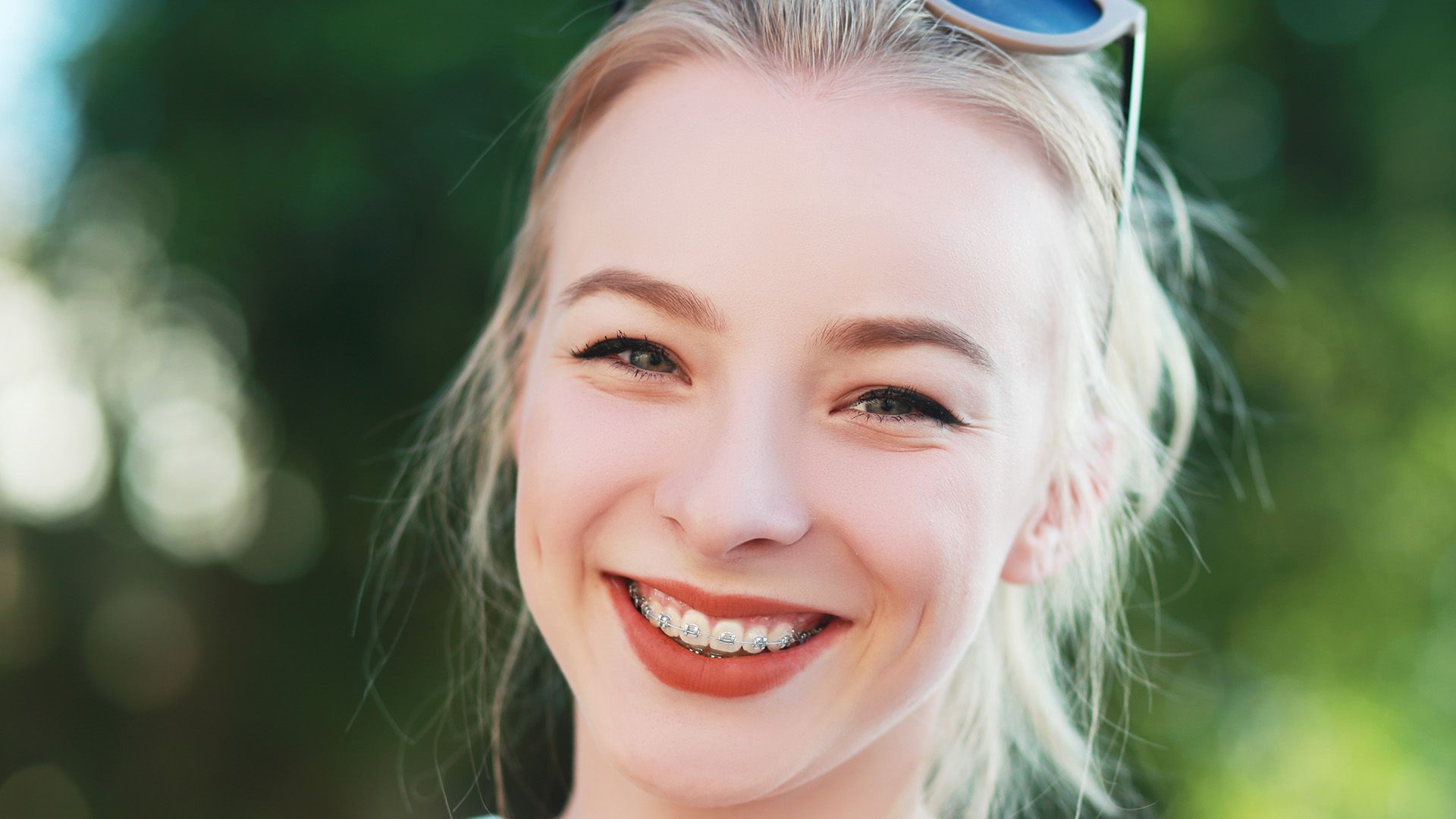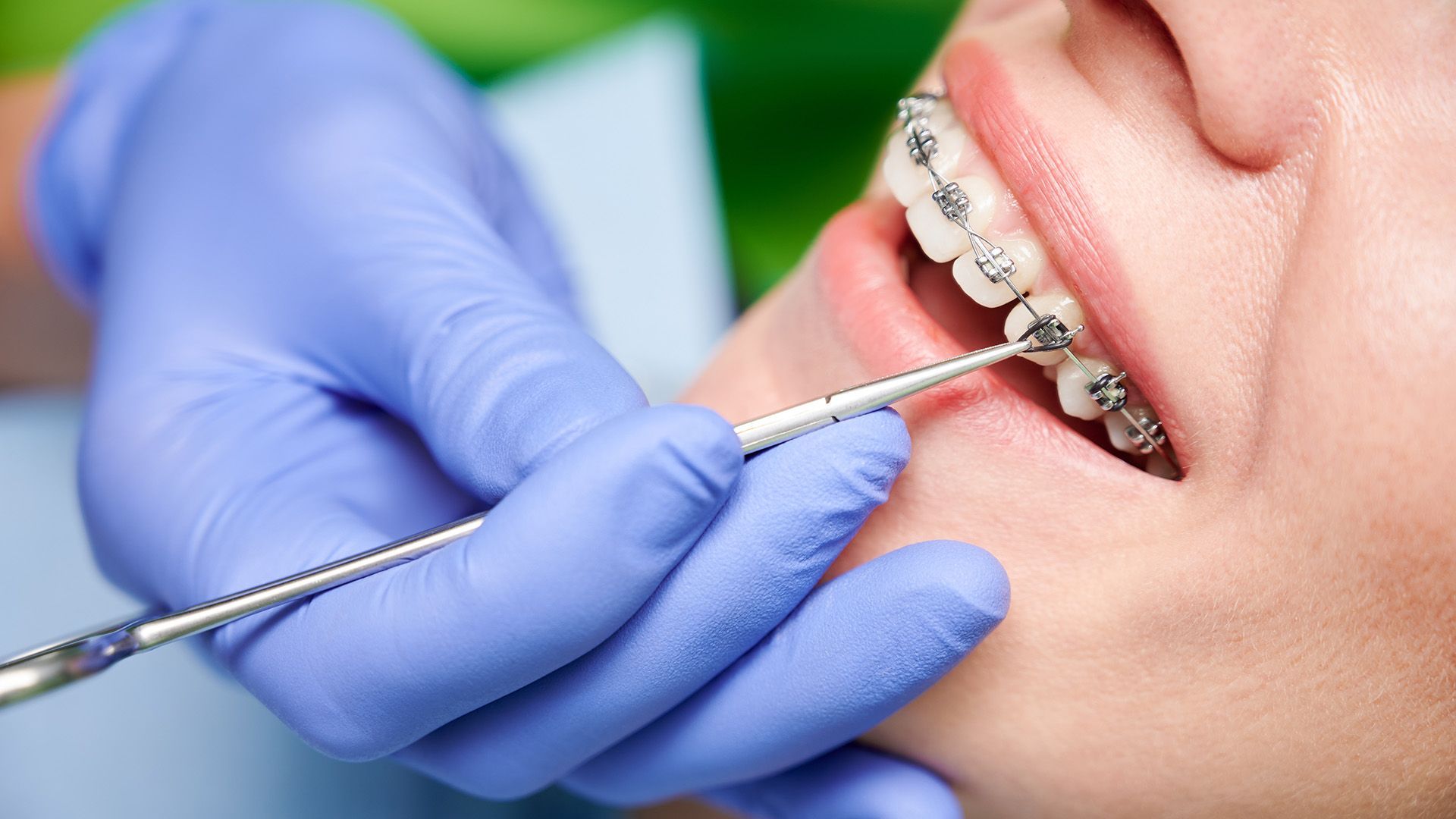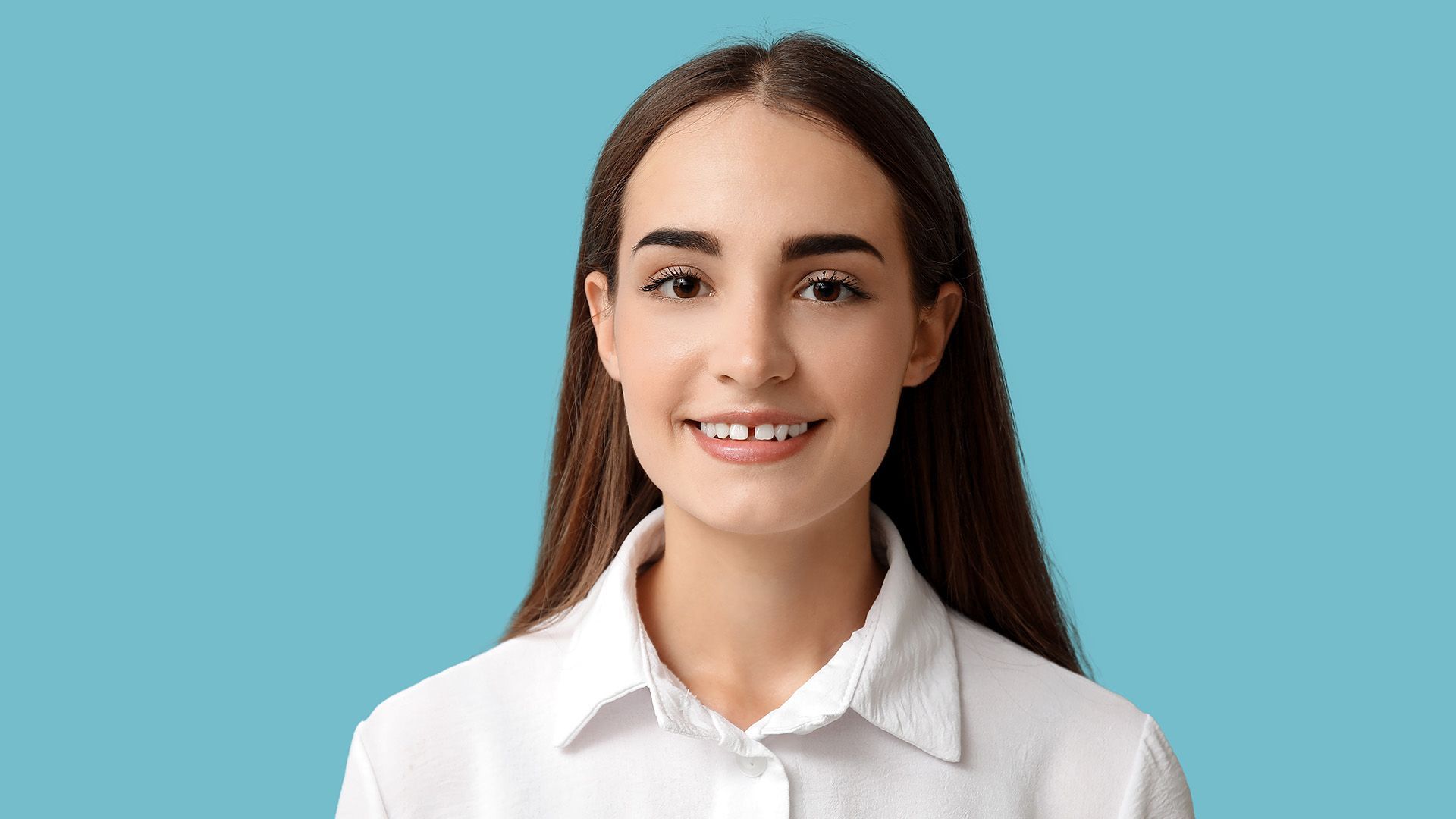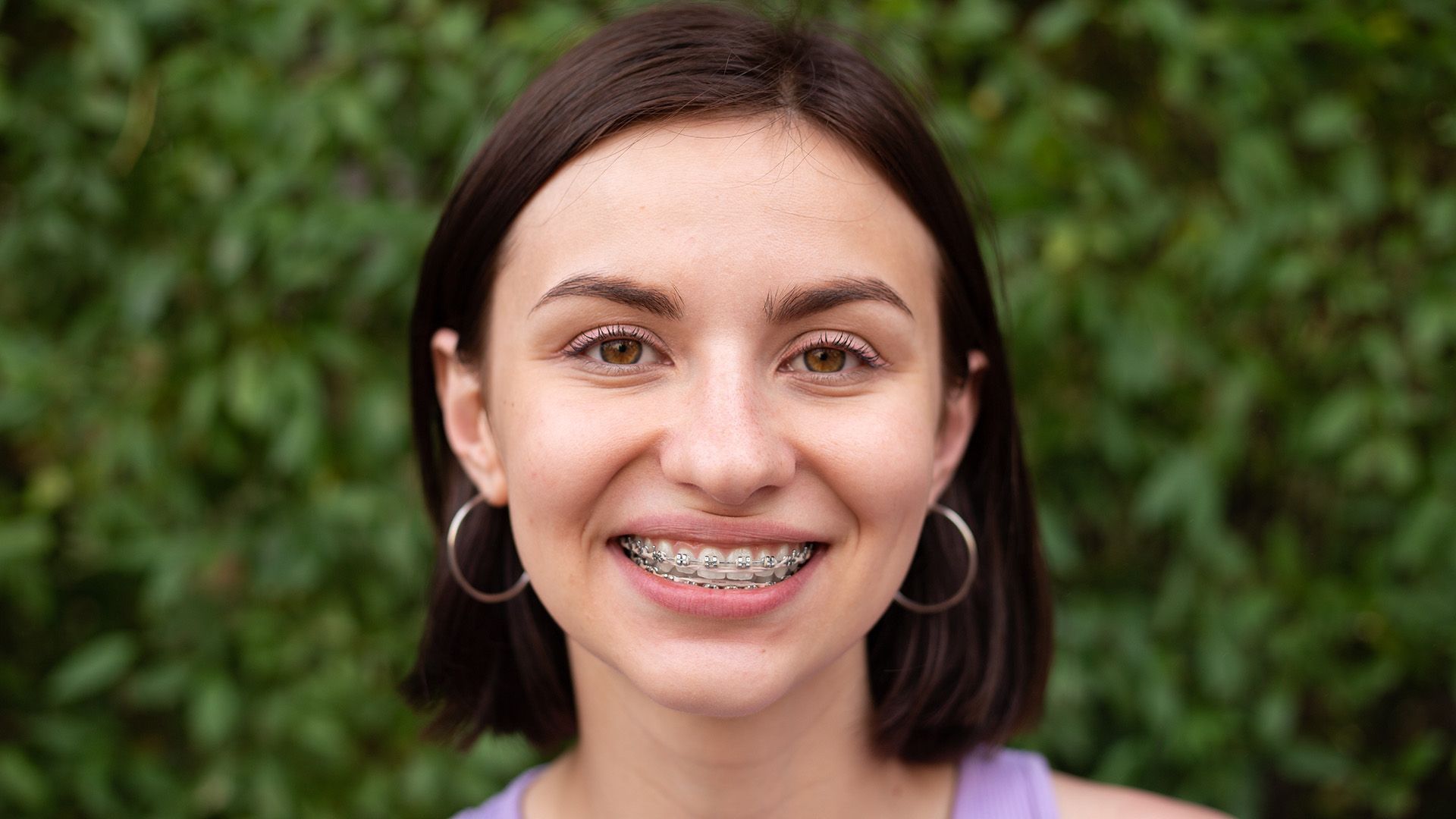Do Braces Change Your Face Shape?
Wondering if orthodontic treatment can change the way your face looks? Do braces change your face shape? This often comes up, and the simple answer is: braces can influence facial appearance by aligning teeth and improving the way the jaws fit together. These shifts are usually subtle and positive, think better symmetry, a more balanced profile, and a smile that looks fuller and more harmonious. In the guide below, we outline how orthodontic forces interact with facial features, what kinds of changes are most common, and how age affects results. We’ll also clear up common myths so you know what is realistic. If you’re considering treatment, understanding how braces relate to facial aesthetics is a smart first step. Many also ask, “can braces change your face shape?”and the information below explains when and how changes may occur.

How Do Braces Affect Facial Structure?
Orthodontics aims to create a stable, healthy bite by aligning teeth and improving jaw relationships. Treatment is personalized to address crowding, spacing, overbites, underbites, and crossbites with function as the foundation, because a well-balanced bite supports long-term oral health and naturally complements facial appearance.
When teeth are properly positioned, the lips tend to rest more evenly, the smile arc appears smoother, and the lower face often looks more symmetrical. Reducing protrusion or correcting a deep bite can refine the profile, while closing gaps or resolving crowding can make the smile appear wider and more proportionate. These changes usually happen gradually and are modest on their own, yet they can meaningfully influence overall facial aesthetics by optimizing how teeth, lips, and cheeks interact.
Over time, braces can contribute to lasting improvements by guiding how teeth fit together and how the jaws function as a unit. In growing patients, clinicians can influence jaw development to support facial balance. In adults, precise tooth movements improve facial support without altering mature bone. The extent of change depends on age, the complexity of the case, and consistency with elastics and retainers. From the outset, teams evaluate facial proportions, bite dynamics, and smile goals to set clear expectations and achieve results that look natural and feel comfortable. If you’ve wondered “do braces change your face shape” or “can braces change your face shape,” these factors largely determine the scope and subtlety of any changes.
Common Facial Changes After Braces
Do braces change your face shape? In many cases, yes, mostly in subtle, positive ways tied to improved dental alignment and a healthier bite. Thoughtfully designed treatment plans aim to enhance facial harmony alongside function, so any changes you notice typically support a more balanced, confident appearance.
Jawline and chin definition often improve when overbites, underbites, or crossbites are corrected. As the bite becomes more harmonious, the lower jaw can settle into a more natural position, which may make the jawline appear clearer and the chin better proportioned. These refinements reflect improved dental and skeletal relationships rather than dramatic reshaping.
Cheek balance and overall facial symmetry may also benefit when crowding or spacing is resolved. Well-aligned teeth and a leveled bite can help the midface look more balanced, and many people describe their smile as broader and more even after treatment. These changes are subtle but can have a noticeable effect on how the face looks in photos and at rest.
Lip posture often shifts because the lips drape over the teeth. When dental protrusion is reduced or arches are harmonized, the lips may look more evenly supported and balanced across the profile. While these soft-tissue changes are incremental, they can enhance the way the smile and profile appear. During a consultation, an orthodontist can explain how a personalized plan may influence jawline definition, facial symmetry, and lip support so you know what to expect before treatment begins. If you’re weighing whether “can braces change your face shape,” these common changes highlight the subtle nature of orthodontic effects.
Age and Its Impact on Facial Changes with Braces
Age is a major factor in how orthodontic treatment can influence facial appearance. Children and teens are still growing, so guiding tooth and jaw alignment during this time can produce more noticeable improvements in profile, smile fullness, and overall facial balance. Adults, whose growth has finished, usually see more refined changes focused on tooth alignment, lip support, and improved bite function. Both groups benefit, but the type and degree of facial change differ.
Growth patterns shape outcomes. In younger patients, orthodontic treatment can work with natural growth to address developing bite issues and encourage harmonious jaw positioning. In adults, where skeletal growth is complete, improvements come from precision tooth movement, arch coordination, and bite optimization. Care teams assess skeletal maturity and growth trends so that the plan fits the stage of development and goals.
Setting age-appropriate expectations is key. Younger patients may experience broader improvements in facial balance as treatment complements continued growth. Adults can expect refined enhancements, such as better smile aesthetics, improved lip posture, and a more comfortable, functional bite, without dramatic changes to underlying bone structure. Understanding these age-related differences helps answer both “do braces change your face shape” and “can braces change your face shape” with nuance: changes are typically subtle in adults and may be more noticeable during growth.
Myths and Misconceptions About Braces and Facial Changes
Do braces change your face shape? It’s a common question that fuels several myths. One persistent misconception is that braces dramatically reshape the entire face. In reality, braces primarily move teeth and improve the way the bite fits. While better alignment can subtly enhance how your lips, cheeks, and jawline appear, dramatic facial changes are uncommon and are more often associated with normal growth, jaw surgery, or other medical interventions, not routine orthodontic care.
Understanding the science clarifies expectations. Braces and clear aligners apply gentle, controlled forces to move teeth within the bone. As teeth shift into healthier positions, the bite becomes more harmonious, which can refine facial balance. For adolescents who are still growing, these improvements can look more pronounced because facial features are developing at the same time. Adults can see aesthetic benefits, but these typically stem from improved dental alignment and bite function rather than fundamental alterations to bone structure.
Clinicians provide transparent guidance from the first visit, discussing the outcomes most likely for your age, bite, and goals. You can expect enhanced smile aesthetics, better chewing function, and incremental soft-tissue improvements around the lips, not a complete transformation of face shape. If more significant jaw changes are desired or clinically indicated, specialized approaches, such as growth-modifying appliances for younger patients or coordinated orthognathic treatment for adults, may be discussed. Clear communication ensures you understand how orthodontics can elevate your smile while staying grounded in what’s realistic. Asking “can braces change your face shape” is wise, just remember any changes are typically subtle and tied to better bite function, not a total reshaping of facial structure.
